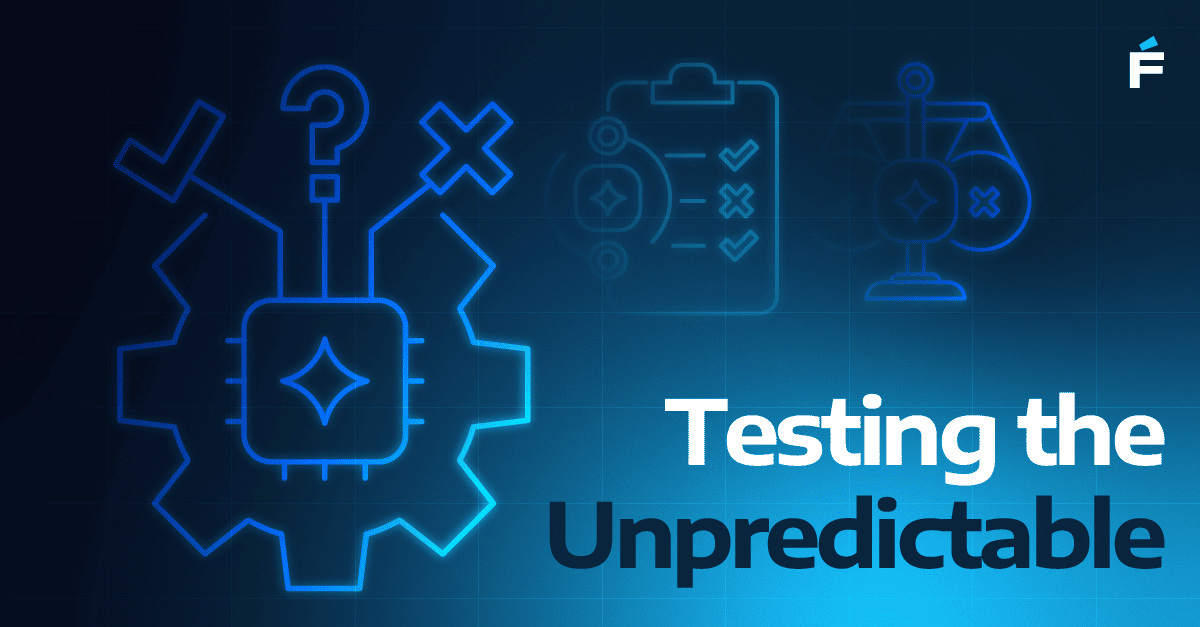The rise of generative AI has spurred a wave of optimism, skepticism, and experimentation across the software industry. However, amidst anecdotal claims of productivity gains and automation hype, few empirical studies have attempted to quantify the real impact on development workflows. A recent study from Anthropic offers exactly that—a rigorous, large-scale analysis of how large language models (LLMs) can reshape software development cycles. Their findings merit serious attention, especially for mid-market technology leaders navigating how and where to invest in AI capabilities.
The study, "Measuring the Impact of LLMs on Software Development", evaluates how LLM-based copilots affect the speed, quality, and confidence of developers working on real-world tasks. The key insight is this: the true leverage of LLMs emerges not in trivial completions or boilerplate code, but in accelerating mid-complexity software work—tasks that are typically time-consuming but not novel or architecture-defining.
Three Takeaways with Strategic Implications
Speed Gains Are Meaningful—But Contextual
Developers using Claude-2 based copilots completed tasks approximately 40% faster than those without AI assistance. However, the productivity boost was most pronounced in tasks with “medium ambiguity.” These are not rote functions, but tasks that require some interpretation and translation of requirements into implementation. For teams operating under Agile or continuous delivery models, this signals a strong use case: LLMs can compress iteration cycles by reducing cognitive overhead during sprint execution.
Code Quality Holds—With Human-in-the-Loop Review
Despite the productivity gains, code written with AI assistance performed on par with manually written code in terms of correctness. However, LLMs occasionally hallucinated APIs or misinterpreted subtle requirements. The implication is clear: copilots are accelerators, not replacements. Proper review and integration processes remain essential. Mid-market teams should resist the temptation to offload design thinking or architecture decisions to AI, and instead focus AI usage on implementation scaffolding and test generation.
Developer Confidence Improves With Feedback Loops
Interestingly, developers reported higher confidence in their work when using AI tools—especially when combined with rapid code review and testing. The authors note that confidence boosts did not result in over reliance or lower quality, provided there was a feedback loop in place. This suggests that successful AI adoption depends as much on engineering culture as on the tools themselves. Leaders must invest not only in AI capabilities, but also in the workflows, review structures, and psychological safety that enable experimentation.
Strategic Guidance for Technology Leaders
Anthropic’s research underscores that LLMs deliver the highest ROI when deployed at the right layer of the software stack: not in raw creativity or foundational architecture, but in accelerating the scaffolding, glue code, and business logic that dominate day-to-day engineering. For mid-sized organizations seeking leverage without ballooning costs, this is where AI copilots can function as true multipliers.
Adoption must be deliberate. Leaders should begin by identifying areas where mid-complexity tasks bottleneck throughput—such as API integrations, CRUD operations, or test automation. Next, invest in fine-tuning review processes to absorb AI-generated work without compromising standards. Finally, train engineering teams to understand where AI is most effective, and where human reasoning remains irreplaceable.
Final Thought
This study moves the conversation beyond AI novelty and into operational reality. LLMs are not magic, but they are powerful tools when placed in the hands of thoughtful teams. As always, the leverage lies not just in the technology, but in the architecture of how people and machines collaborate.
Want to measure your team’s AI-driven productivity?
Download our AI Multiplier White Paper to benchmark how engineering organizations are quantifying real-world efficiency gains with LLM copilots.
Or, schedule a complimentary AI evaluation session—no sales pitch, just a tactical conversation about what’s actually working in the field.




.png)